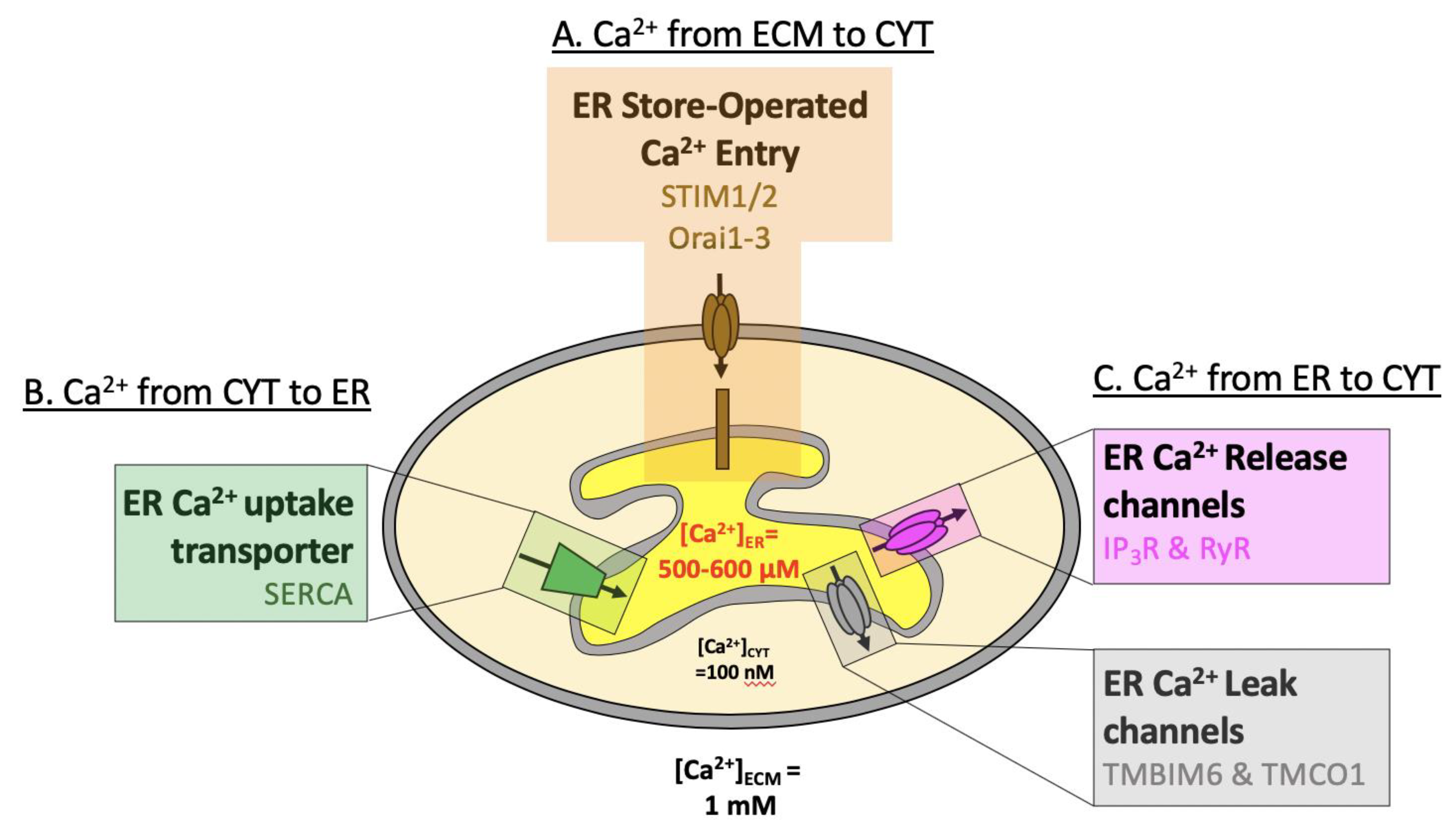


Ca(2+)-dependence of certain ER chaperones is a subject of intensive research. Transport of the required intermediates across the ER membrane and maintenance of the luminal redox conditions and Ca(2+) ion concentration are indispensable for appropriate protein maturation.Ĭooperation of enzymes and transporters to maintain a thiol-oxidizing milieu in the ER lumen has been recently elucidated. Compartmentation plays a crucial role in the post-translational modifications, such as oxidative folding and N-glycosylation in the ER lumen. Many proteins identified in our study as novel molecular players of redox signalling are poorly studied that points towards new directions for future investigations.Proteins destined to secretion and exposure on the cell surface are synthesized and processed in the extracellular-like environment of the endoplasmic reticulum (ER) of higher eukaryotic cells. We found that under oxidative challenge some proteins alter binding partners, while others may change stability due to other reasons, e.g., due to emergence of PTMs. To better understand how H2O2 affects protein thermostability, we selected several bait-proteins and performed co-immunoprecipitation (Co-IP/MS). Using bioinformatics, we found that the identified proteins participate in various cellular processes, ranging from oxidative stress counteraction to transcription, translation and replication. Furthermore, we found that many proteins responded similarly to H₂O₂ generated in the nucleus and the cytosol, while their response to H₂O₂ produced in the ER-lumen differed. The largest number of these proteins were identified upon H₂O₂ production in the cytosol, followed by the nucleus and the ER-lumen. As a result, we identified several hundred proteins that were involved in the cellular response to H₂O₂ generation in at least one of abovementioned cellular compartments. Unlike redox proteomic methods that allow identification of only those proteins that directly change their reduction/oxidation state, TPP is able to give more general and broader picture of cellular response to compartmentalized oxidative challenge. With these cells we performed Thermal Proteome Profiling (TPP) – quantitative proteomics method that allows identification of proteins, which alter their thermostability in response to various stimuli, such as protein-protein interaction, ligand binding, PTMs, etc. To identify proteins involved in the cellular response to compartmentalized H₂O₂ generation, we established HEK293 cell lines expressing HyPer/TagBFP-DAO in the cytosol, the nucleus and the lumen of endoplasmic reticulum (ER-lumen). The assembled plasmids were utilized for production of lentiviruses, which were in turn applied for making stable melanoma and HEK293 cell lines. These protein systems provide an opportunity to simultaneously induce and monitor H₂O₂ or NADPH level alterations in a specific cellular compartment. To this end, we assembled plasmids encoding HyPer-DAO (D-amino acid oxidase) and iNap-DAAD (D-amino acid dehydrogenase) proteins fused to sequences for targeting to various cellular compartments. Since redox signalling is important for cell functioning not only under physiological, but also under pathological conditions, in the current study we focused on the investigation of compartmentalized alterations of redox homeostasis in HEK293 and melanoma cells. Level of H₂O₂ is tightly connected to another cellular redox-active compound, NADPH, which is involved in both H₂O₂ generation and disposal due to the operation as an electron donor to NAPDH oxidases and to antioxidant systems, respectively. compartmental control of H₂O₂ production. Cellular response to H₂O₂ is largely determined by its capability to affect protein activity via oxidative post-translational modifications (PTMs) of certain amino acid residues (mostly cysteines) and depends on many factors, including among others the subcellular i.e. The most well-studied and perhaps most important specie among all ROS, in terms of redox signalling, is hydrogen peroxide (H₂O₂). Nevertheless, their significance for cellular signalling is currently widely accepted and extensively investigated. English Reactive oxygen species (ROS) were considered only as toxic and unavoidable by-products of aerobic cell life in the past.


 0 kommentar(er)
0 kommentar(er)
